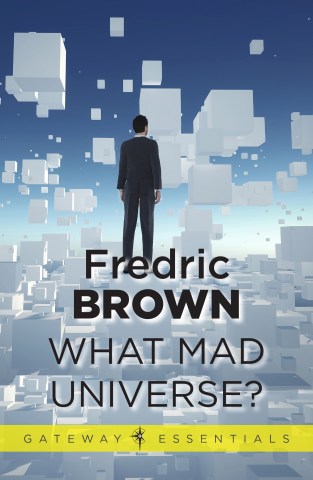The difference between editorial and commercial image use

Although the differences between editorial and commercial photography are pretty easy to understand, there are many people who never fail to confuse the two. Some people believe that if you are shooting for a blog that contains ads, then you are shooting commercial, and therefore, required to obtain model release forms from your subjects as well as face restrictions from shooting in certain public areas. If that were the case, then photojournalists throughout history would have been severely restricted from doing their job because newspapers and news stations both operate on ad revenue.

Commercial photography
Commercial photography would be if you’re actually shooting one of those ads. These include the models in the glossy magazines or the high-end cars you see advertised or anything for that matter, including the well-dressed couple clinking glasses of champagne by the pool, advertising, of course, the champagne. In short: commercial photography constitutes images that are used to sell or promote a product or service.
Editorial photography
Quite simply, editorial photography is photojournalism. It is the photos you see in the articles that appear next to the ads. It is determined, but not limited, by the newsworthiness of a photo. It can also be used for educational purposes like textbooks. Editorial images must be accurate portrayals of the subject matter, whether they are of protestors waving flags, police officers making an arrest, or politicians giving speeches.

Editorial photography captures reality and presents it as such.
Turning editorial images into commercial photographs
It is possible to turn some editorial images into commercal images. For example, a lawyer might wish to use an image of an arrest to promote here or his business, suggesting that she or he can fight someone’s case.
If a potential client were to approach you and request the use of one of your editorial images for commercial purposes, you must ensure that your image is ready to go from editorial to commercial use. In particular, any people that appear in the shot must have granted their permission for it to be used to promote or sell a product or service. This is known as a model release, and if you don’t have one, you can land yourself in hot water.
Knowing the difference
If you shoot enough editorial photographs, you will probably be threatened with lawsuits by people who don’t understand the law. But as long as you know the differences, you have nothing to worry about.
Empower yourself to report on events around you with Carlos Miller’s The Citizen Journalist’s Photography Handbook. Miller is a seasoned independent journalist and his book is packed with dramatic stories, tips for capturing the moment, and advice on protecting yourself when things hot up.
[one_whole boxed=”true”]
 The Citizen journalist’s Photography Handbook, by Carlos Miller
The Citizen journalist’s Photography Handbook, by Carlos Miller
£6.99 Download the PDF now!
Available as an ebook here on Ilex Instant first!
[button color=”Accent-Color” size=”small” url=”https://www.ilexinstant.com/product/citizen-journalists-photography-handbook/” text=”Digital Edition”]
[/one_whole]



